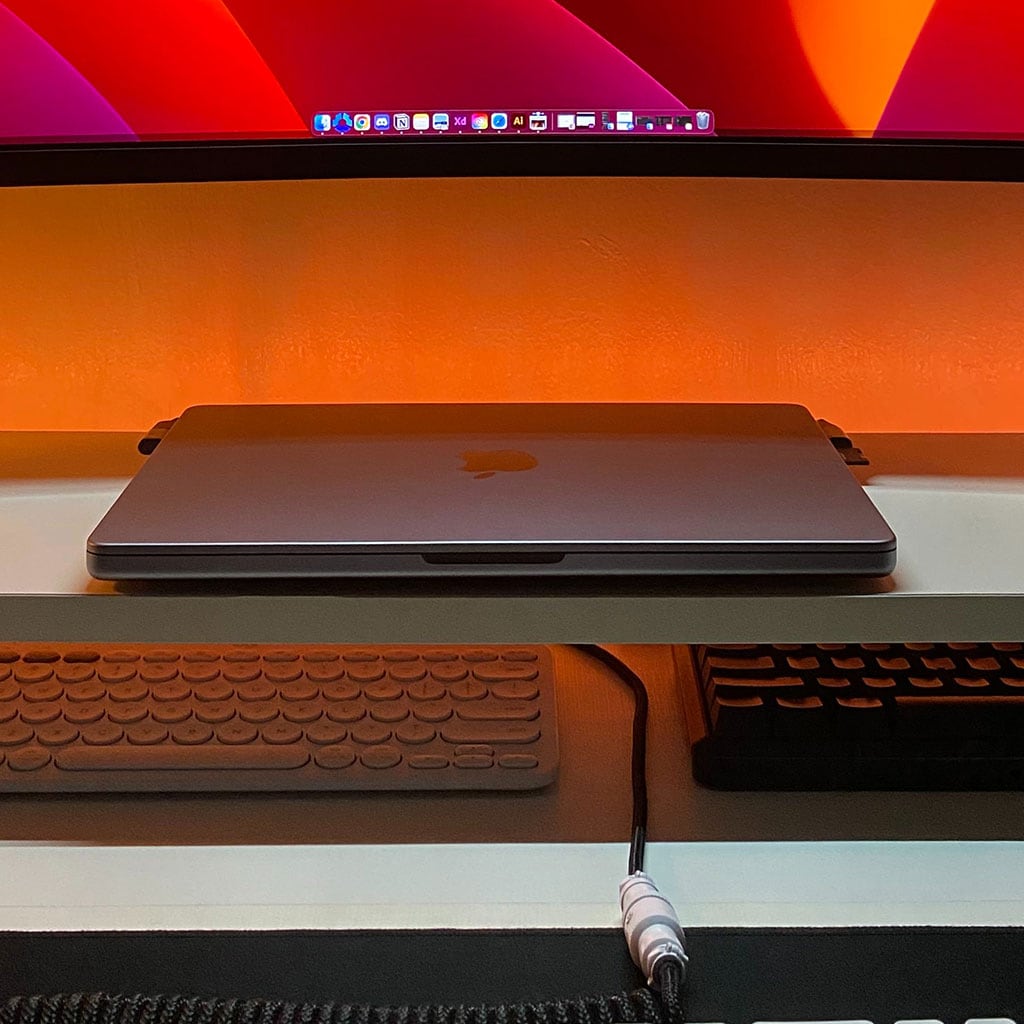Does MacBook Air have USB port
Does MacBook Air have USB port
The MacBook Air is known for its slim and lightweight design, but does it sacrifice essential connectivity options like USB ports? In this article, we delve into the MacBook Air’s port selection, discussing the availability and types of USB ports on this popular laptop.
Discover the wonders of the MacBook Air: does this sleek and stylish device boast a USB port?
The MacBook Air is equipped with USB-C ports, specifically USB-C Thunderbolt 3 ports. These ports are versatile and serve multiple functions, including data transfer, charging, and video output. The USB-C Thunderbolt 3 ports are known for their high data transfer speeds and compatibility with various peripherals and accessories.
The MacBook Air typically features two USB-C Thunderbolt 3 ports on the left side of the laptop. These ports can be used for connecting a wide range of devices, such as external hard drives, monitors, printers, and docking stations. However, it’s important to note that the MacBook Air does not have traditional USB-A ports, which were more common on older laptops.
The use of USB-C Thunderbolt 3 ports allows for a thinner and more streamlined design while maintaining versatile connectivity options. To connect devices with traditional USB-A connectors, you may need to use a USB-C to USB-A adapter or cable. Additionally, the Thunderbolt 3 capability of these ports means you can connect high-resolution displays, including 4K and 5K monitors, making the MacBook Air suitable for various professional and creative tasks.
Please keep in mind that hardware specifications can change with newer MacBook Air models and software updates. It’s a good practice to check the latest specifications and port availability for the specific MacBook Air model you are interested in, as Apple may introduce changes and improvements in newer releases.
How does the MacBook Air’s USB-C Thunderbolt 3 port compare to HDMI, DisplayPort, and audio jacks?
The USB-C Thunderbolt 3 ports on the MacBook Air offer a high level of versatility, making them a powerful hub for various connectivity needs. However, comparing them to other connectivity options like HDMI, DisplayPort, and audio jacks reveals some nuances:
- External Display: USB-C Thunderbolt 3 ports excel in supporting external displays. They provide the capability to connect to a wide range of monitors, including high-resolution displays up to 5K. This makes them suitable for professionals who require multiple screens for productivity or content creators who need a high-quality display for video editing or graphic design.
- Audio Jack: Unlike HDMI and DisplayPort, USB-C Thunderbolt 3 ports do not transmit audio signals directly. They primarily handle data and video transfer. For audio output, MacBook Air users typically rely on the built-in headphone jack or USB-C/3.5mm audio adapters for connecting headphones or external speakers. While Thunderbolt 3 can support audio via compatible peripherals, it’s not a standard feature of the port.
- Power Adapter: USB-C Thunderbolt 3 ports serve as the power adapter connection for the MacBook Air, enabling fast charging and powering the laptop. This eliminates the need for a separate charging port and streamlines the MacBook Air’s design and functionality.
- Card Slot: Unlike traditional laptop designs with dedicated card slots for SD cards or other memory cards, the MacBook Air does not have a built-in card slot. Users who need this functionality may require external card readers that connect via USB-C or other ports.
- USB-A vs. USB-C Devices: The USB-C Thunderbolt 3 ports are versatile, but users may require adapters to connect older USB-A devices. Other laptops with standard USB-A ports may have an advantage in this regard, as they can connect legacy peripherals without additional adapters.
In summary, USB-C Thunderbolt 3 ports on the MacBook Air are exceptionally versatile and support a wide range of functions, including data transfer, video output, and charging. However, users should be aware of their specific needs and consider potential adapter requirements, especially for older USB-A peripherals or when dealing with certain audio and card reader functions. The MacBook Air’s port selection is designed with modern connectivity in mind but may require some adaptation for legacy devices or specific use cases.
Conclusion
In conclusion, yes, the MacBook Air does have USB-C Thunderbolt 3 ports. These ports support data transfer, video output, charging, and can connect to older USB-A devices with an adapter. However, they are not able to transmit audio signals directly and users may need external card readers or adapters for certain audio and card reader functions.





You must be logged in to post a comment.